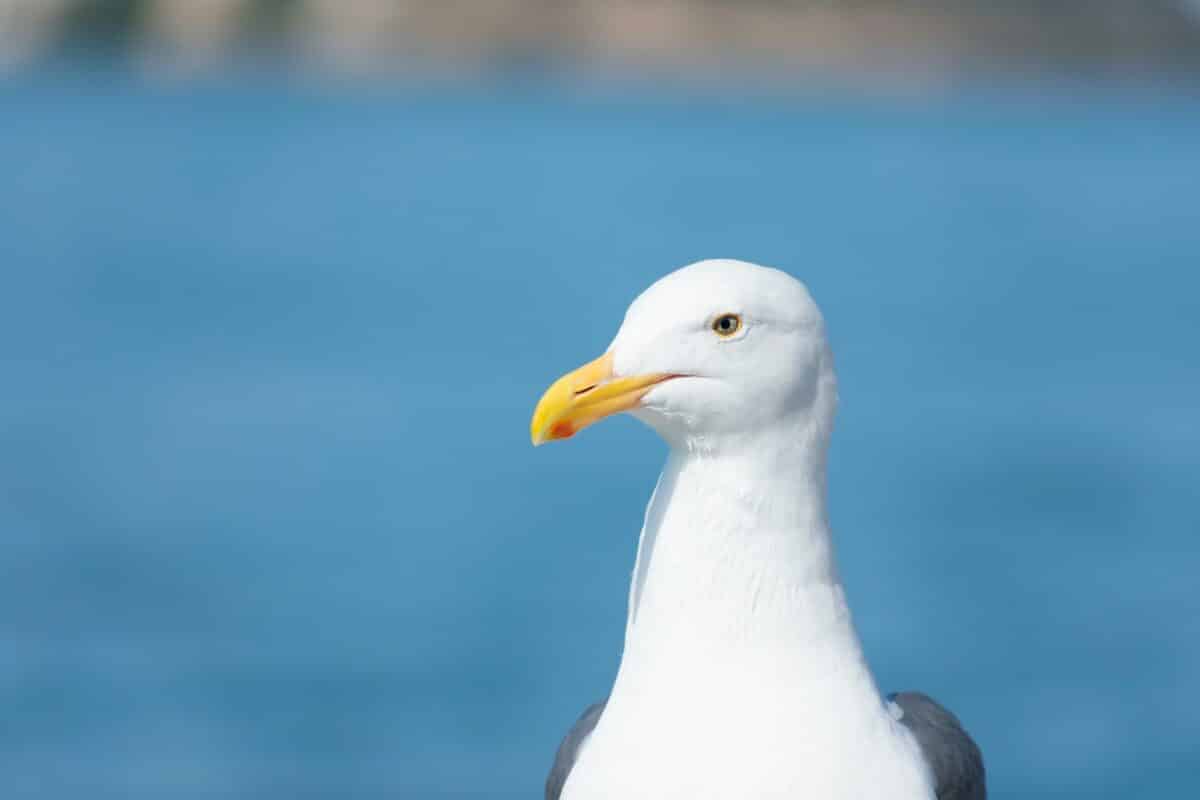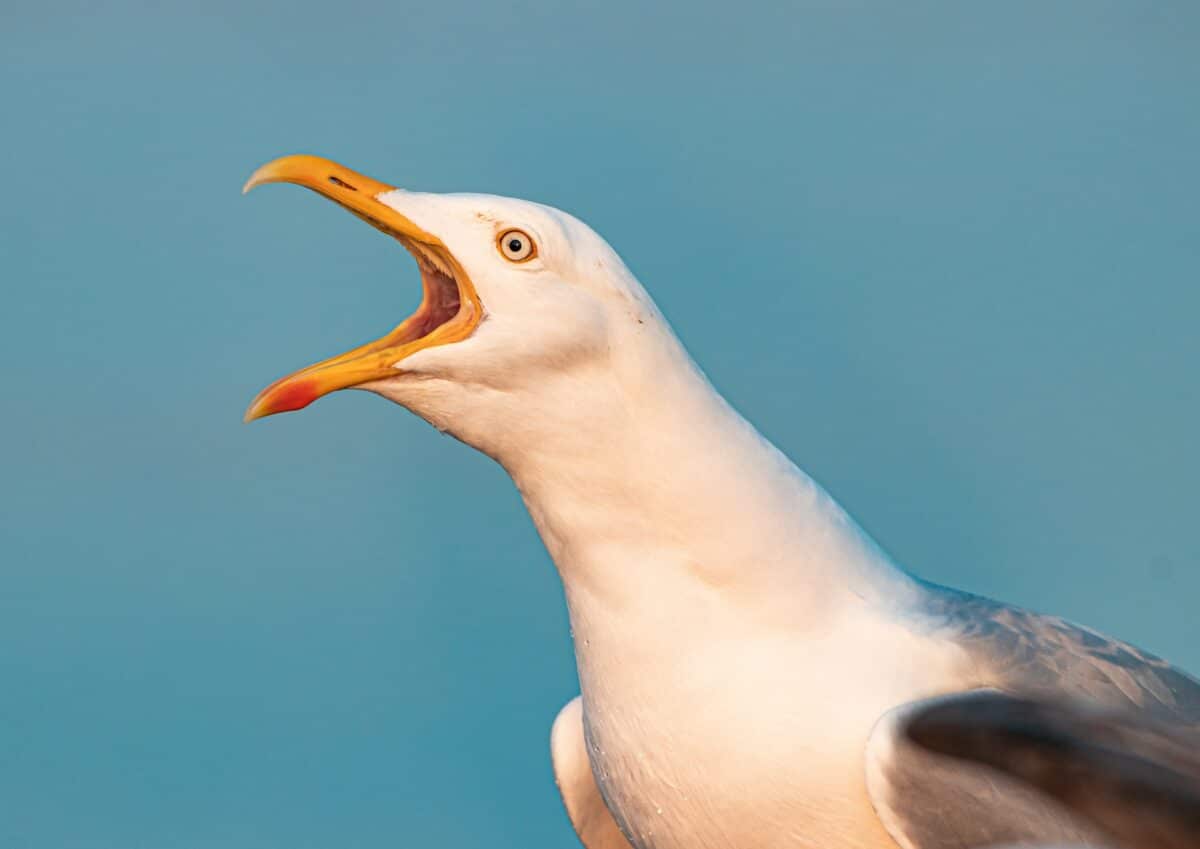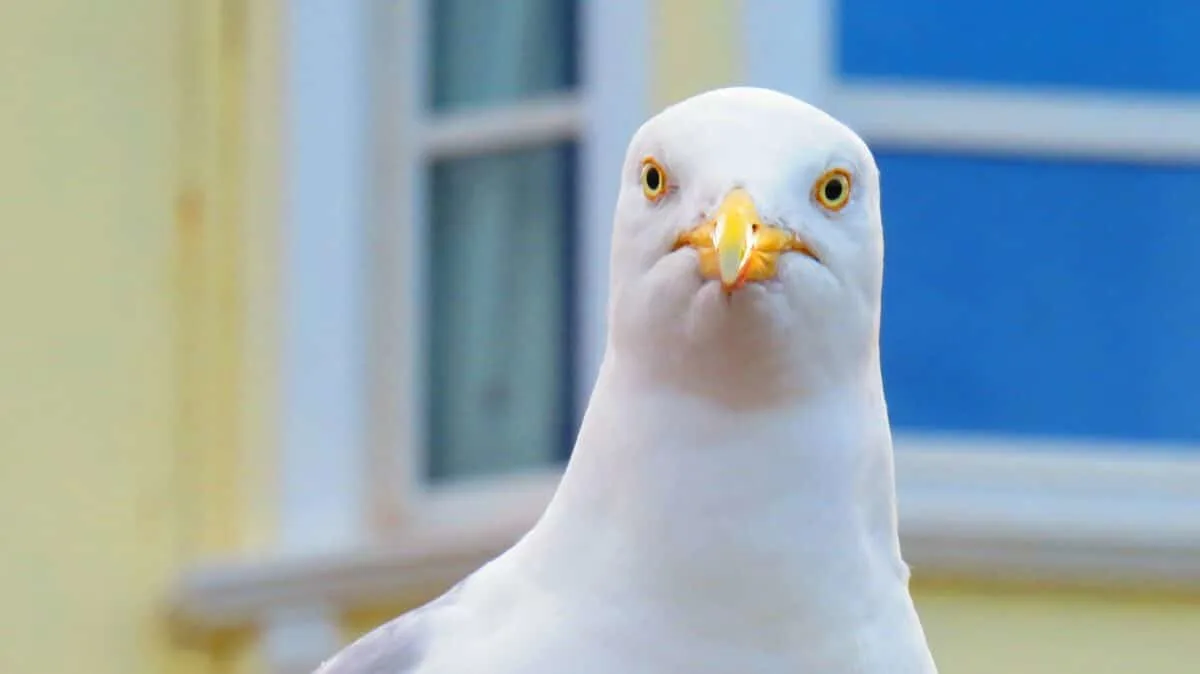Step into the realm of avian royalty along the Atlantic waterfront, and you’ll be met by the majestic Great Black-backed Gull, proudly wearing the crown of the largest gull globally. With a robust physique and an air of dominance, these remarkable birds command attention not only for their size but also for their intriguing characteristics. From their colossal wingspan to their unique behaviors, let’s dive into the captivating world of the Great Black-backed Gull.
Size Matters: A Giant’s Dimensions

When it comes to wingspan, the Great Black-backed Gull boasts an impressive range of 1.5 to 1.7 meters in adulthood. In the hierarchy of gulls, this magnificent creature sits at the pinnacle, showcasing a dominance that is hard to overlook. Weighing in at 1.8 kg for males and 1.5 kg for females in the North Atlantic population, these giants exude power and strength, making them a force to be reckoned with in the avian world.
Scientific Marvel: Larus marinus Unveiled
Scientifically known as Larus marinus, the Great Black-backed Gull carries an epithet that mirrors its grandeur. “Marinus,” derived from Latin, alludes to the sea, a fitting tribute to the gull’s affinity for coastal habitats. The intricacies of their scientific name unravel a tale of adaptation and specialization in the vast maritime landscapes they call home.
Majestic Guardians: Conservation Status and Population Trends
Remarkably, despite their formidable size, the Great Black-backed Gull is marked as “Least Concern” on the conservation status scale. The population is not just stable; it’s on the rise, reflecting their adaptability and resilience in an ever-changing environment. As guardians of the Atlantic coastline, these gulls play a crucial role in maintaining the delicate ecological balance of their habitat.
Family Ties: Laridae and Order Charadriiformes
Belonging to the Laridae family and the Charadriiformes order, the Great Black-backed Gull shares its lineage with a diverse array of seabirds. These affiliations trace back through evolutionary corridors, highlighting the interconnectedness of the avian world. It’s a testament to the gull’s ability to navigate and thrive in the challenging coastal ecosystems.
One Egg, Two Eggs, Three Eggs: Clutch Size Insights
The reproductive saga of the Great Black-backed Gull unfolds with a clutch size ranging from one to three eggs. Their nesting habits reveal a meticulous approach to family planning, ensuring the survival of their lineage. This strategic approach to reproduction aligns with their role as caretakers of the coastal domains they call home.
Living on the Edge: Unique Behaviors and Diet
Beneath their imposing demeanor lies a fascinating set of behaviors. The Great Black-backed Gull is known for its audacious scavenging ventures, preying on fish, small mammals, and even the eggs of other seabirds. Their adaptability extends to urban environments, where they fearlessly navigate the bustling scenes in search of sustenance. Observing their feeding habits provides a glimpse into the intricate dance between predator and prey along the Atlantic shores.
The Symphony of Life: Lifespan Insights

Firstly, in the grand orchestra of life, the Great Black-backed Gull plays a long and enduring tune. With a lifespan that spans several decades, these majestic birds become witnesses to the ever-changing tides of the Atlantic. Their ability to navigate the challenges of the wild ensures a legacy that echoes through the coastal landscapes they call home.
Wrapping Up with the Largest Gull
Finally, in the vast expanse of the Atlantic, the Great Black-backed Gull stands as a testament to the marvels of avian evolution. Furthermore, from their colossal size to their dynamic behaviors, these giants of the gull world continue to capture the imagination of bird enthusiasts and researchers alike. Evidently, as they soar through the coastal skies, the Great Black-backed Gull remains a symbol of resilience, adaptability, and the intricate dance between nature and its inhabitants.
Thank you for following along with this article –
Next up in the animal kingdom:
Join our Forum for free today!

- Big Cats Love Mouthing Affection - July 22, 2024
- Kind Elephant Merciful To Lion Cubs - July 22, 2024
- Beachgoers Save Massive Shark Stranded In Florida - July 22, 2024

